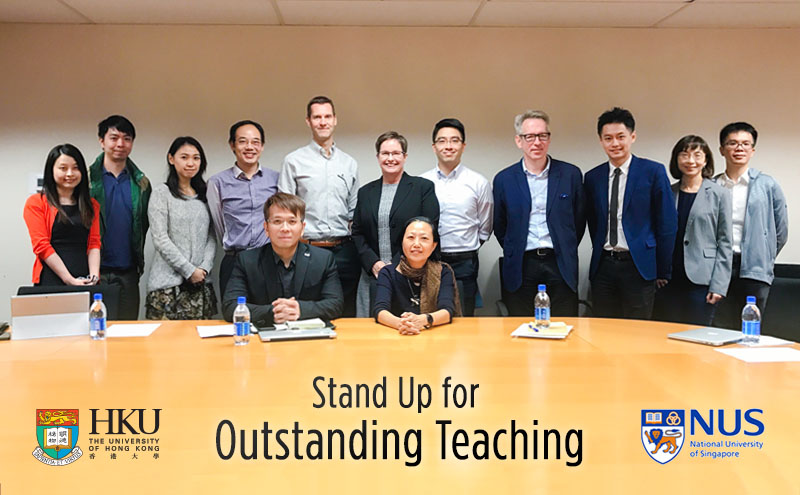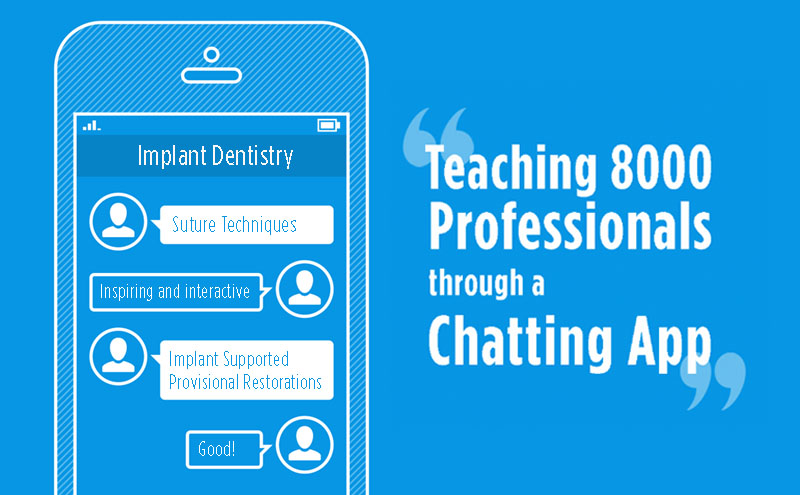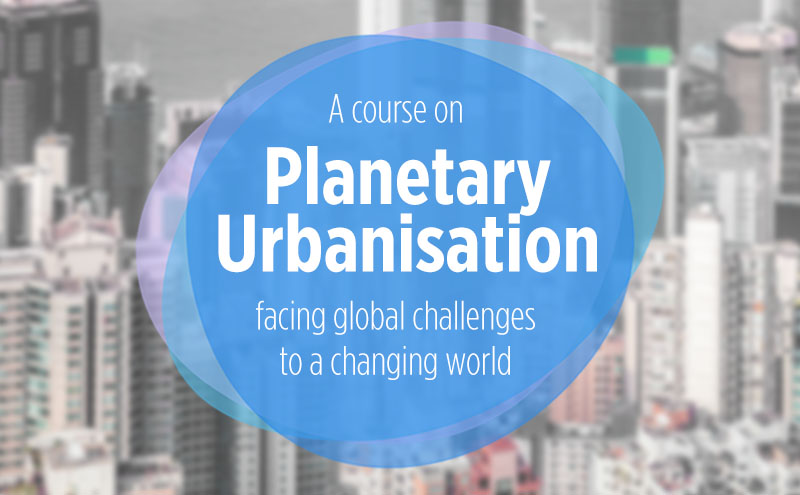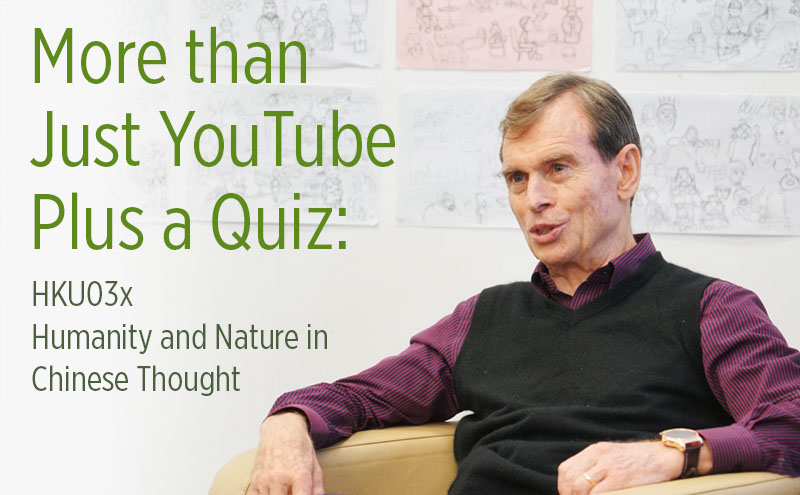
Pedagogical innovation is one of the major focuses of TELI. By way of technology, we aim to enhance the quality of teaching. We are delighted to learn from our friend Dr. Chng Huanghoon, Associate Provost (Undergraduate Education), that they are doing the same in The National University of Singapore (NUS). In a fruitful sharing session on November 8, 2016, Dr. Chng and HKU members from different faculties exchanged ideas on new pedagogical initiatives and current developments in advancing teaching excellence.

To kick off, Dr. C.K. Chui from the Department of Computer Science shared about his project with NUS on cross-institutional collaborative learning alliance. In order to enhance students’ collaboration skills and international exposure, the Department of Computer Science is partnering with the School of Computing from NUS to build an online collaborative teaching and learning platform for students to co-write computer programs. The platform also serves as a teacher knowledge hub for assessment resource, learning analytics and learning materials. If the initiation is successful, other universities will be invited into this alliance.

In terms of recognizing teaching achievements, Dr. Susan Bridges from the Centre for the Enhancement of Teaching and Learning gave us an update on U21’s progress towards building a Conceptual Framework for Teaching to define, recognize and reward teaching quality so as to guide academic promotion processes across the U21 Network. Having just returned from the U21 Educational Innovation Conference 2016, Dr. Bridges reported that a draft framework was tabled for comments. It is set to be finalized in 2017.

Shifting the focus to Asia, Dr. Chng is also leading an initiative to build a framework for teaching excellence, beginning with forming a core group of committed teachers who would share their good practice in teaching. Through the establishment of a Scholarship of Teaching and Learning (SOTL) Asia in NUS, they aim to develop an academy of scholarly teaching and work towards achieving universal recognition. The initiation sparked exciting discussion around the table who generally agreed that teaching excellence is not getting enough recognition as it should. It is hoped that the exemplars could serve as a framework to achieve a top-down effect and motivate teachers to try new approaches in their teaching.
We’d love to collaborate with you in trying out new technology and pedagogy. Contact us now at enquiry@teli.hku.hk!










